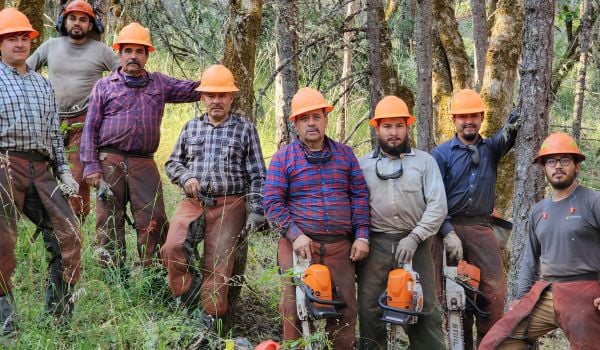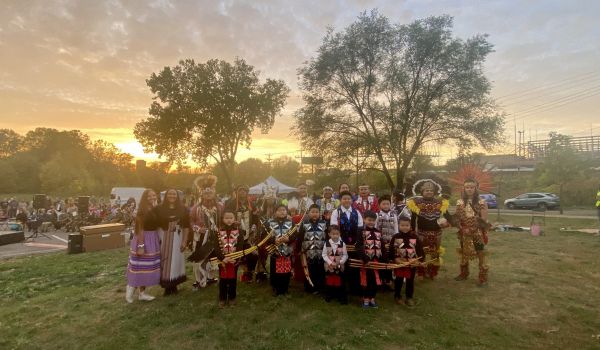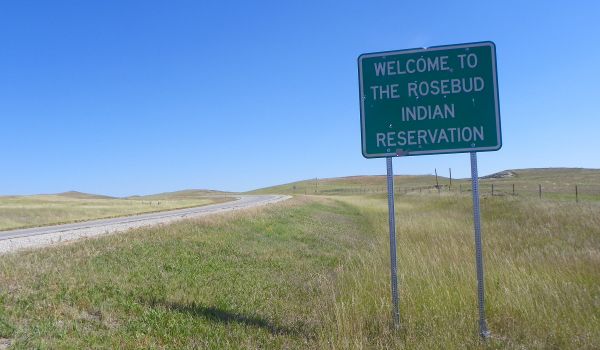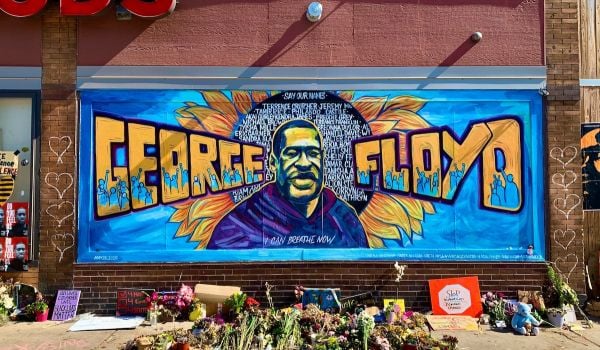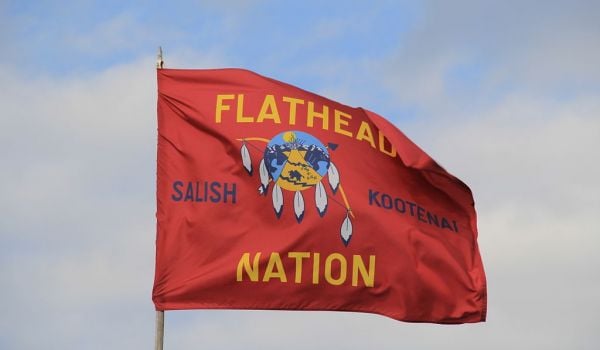The Cherokee Nation is the largest tribe in the United States, with more than 390,000 tribal citizens worldwide. However, just an estimated 2,000 people speak Cherokee fluently.
The reason for that dates back nearly 200 years. When the Spanish first encountered the Cherokee in the 1500s, the tribe was living across what is now the southeastern United States from Tennessee to Georgia and North Carolina. The tribe then migrated south from the Great Lakes region of the U.S. and Canada some 3,500 years ago, and the Cherokee became the only southern Iroquoian language speakers.
When the United States drove the Cherokee into Oklahoma across the Trail of Tears in the 1830s, the expansion that the Cherokee language was undergoing for almost a century prior was abruptly halted. Many of its speakers died under the brutal conditions of the forced migration while teachers at the boarding schools that the Cherokee were forced into in an effort to “civilize” them would wash children’s mouths out with soap if they were caught speaking their native language.
In Tulsa, decorated Cherokee filmmaker Jeremy Charles is working to revitalize the language. In collaboration with Horton Records, a nonprofit organization also based in Tulsa, Charles and Horton Records’ president Brian Horton are set to release an album in August that’s composed entirely of contemporary music sung Cherokee. The release of Anvdvnelisgi, which roughly translates to “performer” in English, over Labor Day weekend — the 70th annual Cherokee National Holiday — will mark the first time that many of its contemporary artists have performed original music in the language. The album will be available on all platforms and outlets worldwide.
In addition to featuring a beautiful and historic language, the hope is that the album will get kids singing along.
“The Māori in New Zealand are the best example of indigenous language retention. They have this whole film and music scene that’s mainstream. Even Lorde, from her last album, recorded four of her songs in Māori. That’s what we need for our kids,” Charles says. “We have a rich tradition of gospel music, but a lot of those are traditional hymns. It’s not like people are just there singing those kinds of songs — people don’t really share them.” Anvdvnelisgi may change that.
Charles had the idea for making the album in March of last year and, thanks to his deep connections in both the music industry and the Cherokee nation, he immediately came up with a long list of potential performers for the album, which ended up featuring 12. The only problem was that Charles didn’t know the business of music, which is where Brian Horton came in.
“I’ve known Jeremy for a while and we’ve worked together in different capacities. Tulsa is a close-knit community. I think one of the things that’s really cool about Tulsa is that it isn’t a competitive environment,” Horton says. “And Tulsa is known for its volunteerism and philanthropy — it’s a part of its brand and its fabric.”
Tulsa’s signature philanthropy played a role in this project, too, with the Zarrow Families Foundation Commemoration Fund providing a $50,000 grant to support the effort.
While Horton is a pro at producing albums, the Cherokee element was new to him and many of the musicians as well. While two of the artists on the album are Cherokee speakers, the other 10 relied on working with fluent speakers and language historians to write and translate their songs, which was no small feat.
Cherokee is considered a Class IV language which means that, alongside other languages like Mandarin and Cantonese, it’s among the most difficult languages for English speakers to learn. In its written form, Cherokee, like Japanese, uses a syllabary. It is comprised of 85 distinct characters that represent the full spectrum of Cherokee’s sounds with one character per syllable.
“This is the most involved I’ve ever been in the language,” says Colby Luper, a 26-year-old Cherokee member and singer/songwriter who learned with an affinity for metal music who learned to perform his metal song in Cherokee for the album. “There are all these different metal bands out there from Scandinavia who incorporate Viking and pagan culture into their art. I always wondered why no one that I knew of had done that with Native American culture.”
While his song was about Cherokee folklore, translating it from English to Cherokee took several months of practice. With coaching, Luper learned common phrases and pronunciation and tweaked his song lyrics to work in the Cherokee language. The project has inspired him to continue the language learning he started.
“I feel like I have a bit of momentum going now I’ve made connections with [Cherokee speakers] and have been looking into online classes and Cherokee continued education resources,” he says, hoping that the album inspires kids to follow in his footsteps.
According to Luper, this first album may be just the beginning. “I’m just really excited for people to hear the final product,” he says. “It’s really something that everyone involved with it can be proud of. I hope it does make a difference in people being excited about the language. We’ve already started whispering among ourselves about version two.”

Cinnamon Janzer is a freelance journalist based in Minneapolis. Her work has appeared in National Geographic, U.S. News & World Report, Rewire.news, and more. She holds an MA in Social Design, with a specialization in intervention design, from the Maryland Institute College of Art and a BA in Cultural Anthropology and Fine Art from the University of Minnesota, Twin Cities.
Follow Cinnamon .(JavaScript must be enabled to view this email address)

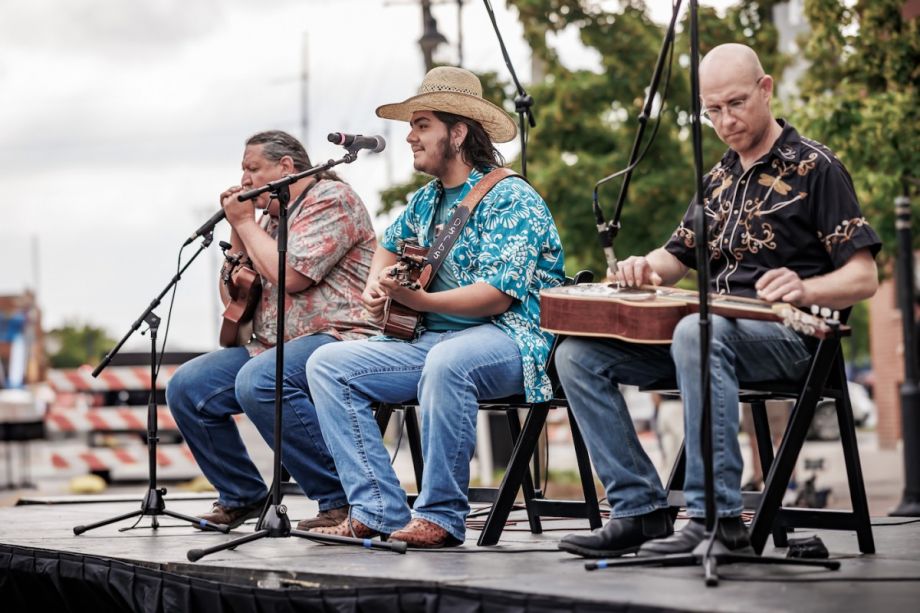
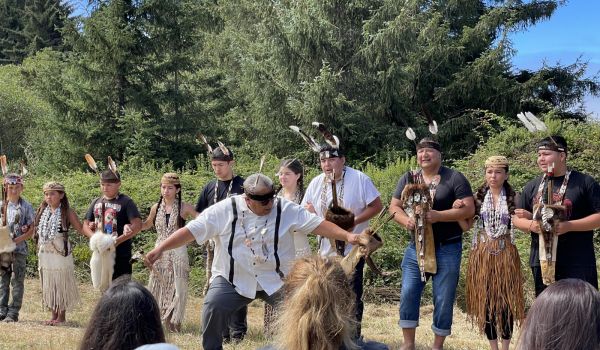
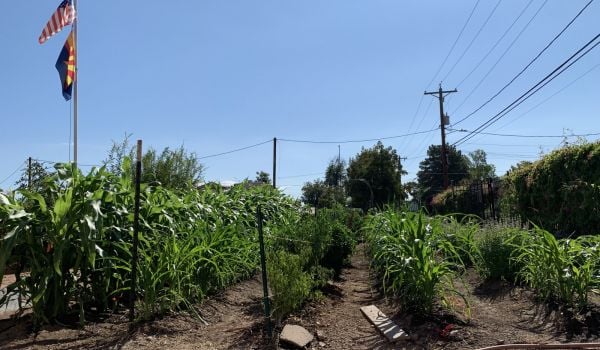
_600_350_80_s_c1.jpg)
